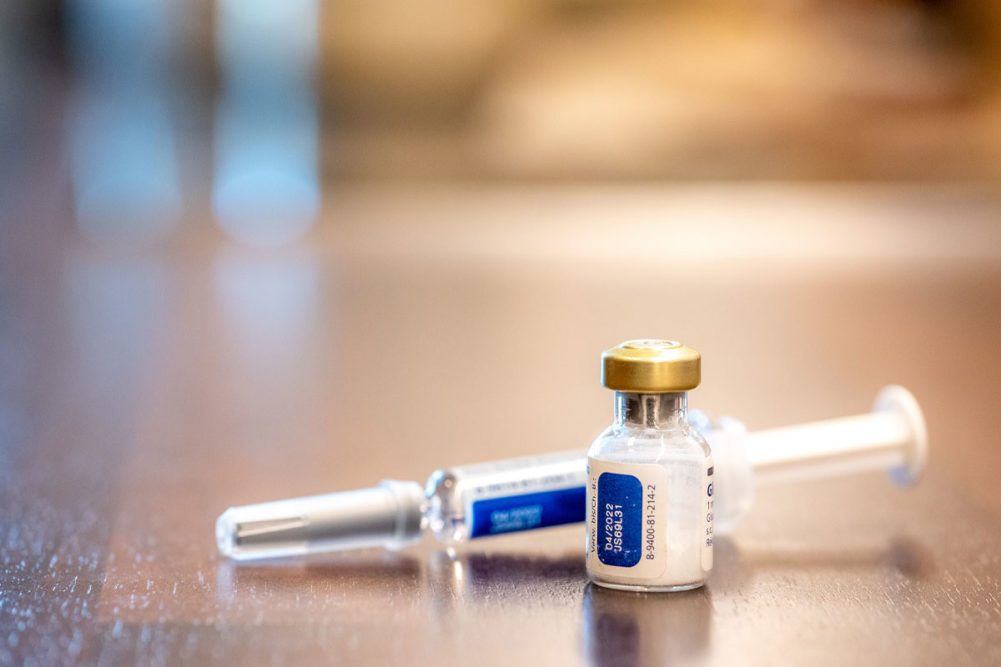 KANSAS CITY — With the introduction of GLP-1medications that are proven to support weight loss, it is critical for food and beverage manufacturers to monitor and track this latest iteration of the pharmaceutical weight-loss market. While the near-term impact of the medications will be limited by manufacturing constraints, cost and a less-than-ideal user experience, the next wave of medications may have a significant effect on food and beverage consumption.
KANSAS CITY — With the introduction of GLP-1medications that are proven to support weight loss, it is critical for food and beverage manufacturers to monitor and track this latest iteration of the pharmaceutical weight-loss market. While the near-term impact of the medications will be limited by manufacturing constraints, cost and a less-than-ideal user experience, the next wave of medications may have a significant effect on food and beverage consumption.
Much of the discussion around GLP-1s has been about the category’s immediate influence on food consumption, but like other emerging technologies, the next wave of medications may significantly improve effectiveness, user experience and overall patient health. Pharmaceutical companies measure their new product pipelines in terms of decades as medications go through the federal drug approval process. As a result, the GLP-1s of tomorrow are in development today.
Eli Lily is testing retatrutide. Phase 2 trial data published by the company last June showed subjects taking the drug achieved a mean weight reduction of 17.5% after 24 weeks. The participants were obese and did not have diabetes. After 48 weeks the study participants achieved a mean weight reduction of 24.2%.
AstraZeneca has licensed Eccogene’s ECC5004 medication, an oral, once-daily treatment for obesity, type 2 diabetes and other cardiometabolic conditions. Preliminary results from a phase I trial show good tolerability and encouraging glucose and body weight reduction across the dose levels tested compared to placebo, according to AstraZeneca. Pfizer also is testing the safety and efficacy of a GLP-1 to be taken orally.
BioSpace, a publication covering the life sciences market, noted pharmaceutical companies are snapping up products and companies that offer promising results to address the unwanted side effects of GLP-1s and bolster the medications’ other potential health benefits. Eli Lily and Co., for example, acquired Versanis Bio, a company developing medications with the potential to reduce fat mass while preserving muscle mass. Loss of muscle mass is a side effect of first stage GLP-1s.
Estimates about how much GLP-1s will affect near-term food consumption are varied. Most food and beverage chief executive officers who have commented on the topic describe it as negligible. For any newly developing technology, that is appropriate, but the rate of GLP-1 category development is cause for concern. From a manufacturing perspective alone, work done by J.P. Morgan Research forecasts GLP-1 manufacturing will double in 2024 and increase another 50% in 2025.
Currently, the side effects associated with GLP-1s include nausea, vomiting, diarrhea, dizziness, infections, headaches and indigestion. These drawbacks will limit adoption, but as the pharmaceutical industry improves the side-effect profile of the medications, the market will grow.
The National Institutes of Health estimates 42% of the US population may be classified as obese. There are approximately 258 million adults in the United States, according to 2020 US Census data, so that puts the potential market for GLP-1s at approximately 108 million US adults.
That is a huge addressable market for the pharmaceutical industry, and it should be expected drug development and investment will match the opportunity. It may seem distant, but food and beverage manufacturers must start considering and preparing for what the market will be like if the potential of GLP-1s is ever achieved.





